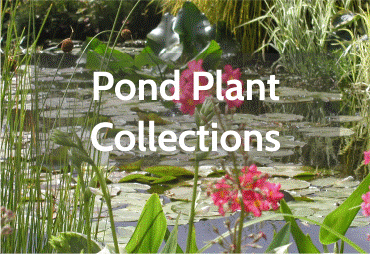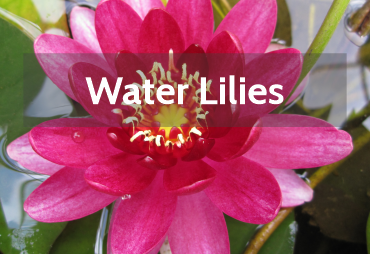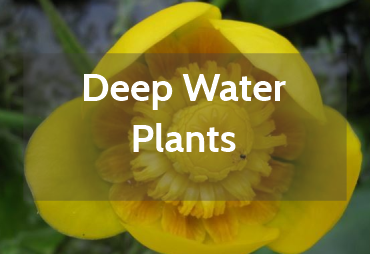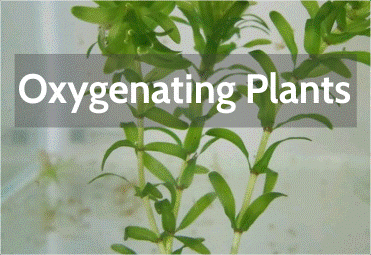Marginal Pond Plants
What are marginal pond plants
Marginal pond plants grow in the shallow edges of your pond, often in aquatic planting baskets. Marginal aquatic plants bring shape to the water edge, they also provide splashes of colour throughout the growing season.
A Guide to Pond Plants
Aquatic pond plants really bring a pond to life - not only do they greatly enhance the natural beauty of your pond, but they also play an essential role in maintaining the health of its water and inhabitants.
Step By Step Guide To Planting Pond Plants
Follow our step by step guide to successfully planting or replanting pond plants. Before we start, we will answer a few frequently asked questions.
Benefits of marginal pond plants
Many species of marginal plants also work to maintain the health and vitality of your pond and its inhabitants. Veronica Beccabunga is one of the best marginal pond plants for shade as it will raft across the water surface, providing protection for fish, reducing sunlight and help to hinder algae growth.
Marginal pond plants such as grasses are especially useful for removing excess nutrients from the water while native marginal pond plants such as Mimulus are fast surface spreaders, creating shade as well as contrast with taller plants.
How should I plant my marginal pond plants?
In most cases aquatic pond plants are planted into aquatic baskets lined with a hessian liner topped with gravel to stop the soil escaping. However it is also possible to design integral planting areas in your pond which can look more natural and especially good for wildlife ponds. Check out our step by step planting guides or our design pages for guides on building a integral pond planting area.
How many marginal plants do I need?
The table below is a guide to the number of marginal plants required to establish a new pond.
| Pond Surface Area | 2m2 | 4m2 | 6m2 | 8m2 | 10m2 | 12m2 |
| Deep Marginal | 1 | 2 | 2 | 5 | 6 | 8 |
| Marginal Plants | 8 | 14 | 18 | 24 | 30 | 36 |
How to look after marginal pond plants
All plant varieties vary slightly. Please follow individual advice for plants, however as a general rule, remove foliage as it dies back in the autumn, avoiding dead plant matter breaking down potentiality impacting water quality and affecting fish health. If plants only need cutting back or reducing, Spring is usually the best time giving the pond inhabitants the benefit of the plant's shelter over winter.
Pond Plant Collections | Water Lilies | Deep Water Plants | Bog or Marsh Plants | Oxygenating Plants | Floating Plants | Pond Snails & Mussels
 British Pounds
British Pounds










